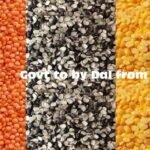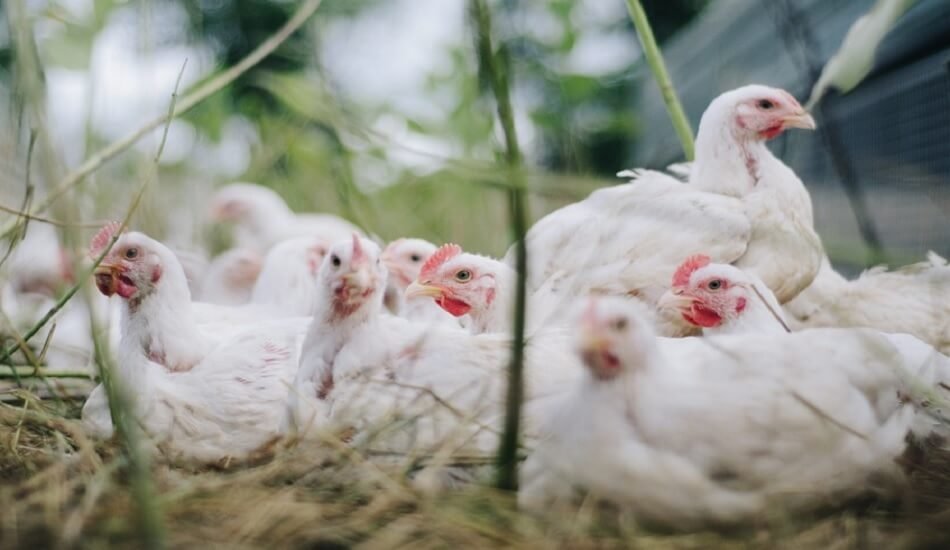Can the Indian poultry industry capitalise on the market gap created by Malaysia’s ban on chicken exports? The poultry industry is divided on the prospects of capitalising on the opportunity in South-East Asia, particularly Singapore.
Malaysia banned chicken exports last week in order to lower domestic prices. According to trade analysts, Kuala Lumpur’s move may present an opportunity, but it may also result in a loss.
Singapore, which imports 44 million live birds per year, could be developed as an export market. It also imports 34% (roughly 73,000 tonnes) of its chicken supply from Malaysia.
Also Read | Godrej Agrovet, IB Group cut poultry feed prices as govt let more import of soymeal.
Singapore’s problems
The ban prevents Singapore from receiving fresh supplies of Malaysian birds. It will now rely solely on frozen birds imported from Brazil. Frozen chicken from the South American country accounts for 48% of Singapore’s total imports. The United States comes in second with 8%, followed by a group of countries with the remaining 10%.
According to Vasantkumar Shetty, President of the Maharashtra Poultry Farmers and Breeders Association, establishing immediate export links with Singapore would be difficult because Indian chicken is not accepted in the international market due to a lack of low pathogenic avian influenza (LPA) vaccination.
According to Sushant Rai, President of the Karnataka Poultry Farmers Breeders Association, Indian chicken producers (processors) will never miss an opportunity if the importing country’s formalities are met.
Temporary prohibition
‘There are few opportunities for us to enter the Singapore market in particular. The ban is only temporary, and we haven’t invested much in processing chicken meat,’ said Suguna Holdings Chairman B Soundararajan. ‘The capacities are very low, 10-15%. Creating new processing capacities will not yield many benefits,’ he said.
‘There is a good scope of export of dressed chicken to Singapore from India,’ said Ricky Thaper, Treasurer of the Poultry Federation of India. ‘A few companies from South India, having poultry processing plants, are already in the process of export.’ He claims that current chicken exports are less valuable than those from Brazil and the United States.
Expensive item
According to Bahadur Ali, Managing Director of the poultry and livestock feed company IB Group, it will be difficult for India to capitalise on the situation because Indian chicken is more expensive than chicken produced in Indonesia, the Philippines, China, and Bangladesh.
He also cited a demand-supply imbalance and high feed costs as reasons. ‘Only a few slaughter plants in India will meet Singapore’s very stringent food norms for chicken,’ he said. Another poultry industry official suggested that Thailand could fill the void left by Malaysia’s ban.
Increasing input costs
According to TP Sethumadhavan, former Director of Kerala Veterinary and Animal Sciences University, India can view the Malaysian ban as an opportunity to export chicken to Singapore, despite the fact that its current shipments to Singapore and Malaysia are low. He stated that this would assist poultry farmers and entrepreneurs in meeting rising international demand.
According to Ali, chicken exports would be nearly impossible due to input, cold chain, and logistical costs. ‘A kg of dressed fresh chicken costs ₹240. When you factor in the cost of cold chain and logistics, it will exceed ₹260,’ he said.
He estimated the cost of feed per kg of a live bird at ₹69 or 90 US cents per kg, implying that exports would be unfeasible for the Indian sector.
Inadequate processing facilities
According to K S Ashok Kumar of MAA Integrators in Karnataka, ‘we don’t export much chicken. We are currently at a cost disadvantage due to high input costs. As of now, there are no significant exports,’ he said.
According to Madanmohan Maity, General Secretary of the West Bengal Poultry Federation, the ban on Malaysian chicken exports could have been an opportunity for the poultry industry, particularly in West Bengal, if adequate processing facilities had been available.
Every week, Bengal produces nearly 2.5 million kg of chicken, but only about 1% is exported. ‘Export necessitates proper processing, which is not adequately available here,’ Maity explained.
Shetty suggested that India concentrate its efforts on the United Arab Emirates, which lifted a five-year ban on importing eggs and other poultry products from India in December last year.
The Ukrainian market
The ban was lifted after the Centre promised to follow biosafety standards set by the World Organization for Animal Health in order to prevent bird flu infection. ‘UAE is a well-established market for our chicken, and links must be immediately strengthened in the face of the ongoing crisis,’ he said, referring to the conflict in Ukraine.
Also Read | India approved import of 5,50,000 tonnes of GM soymeal to aid poultry industry.
According to industry experts, India must capture Ukraine’s market in the UAE. According to Sethumadhavan, Malaysians consume 49.4 kg of chicken per year, while Indians consume only 3.1 kg and the national average is 17.1 kg. Aside from these two countries, India exports to the Gulf countries and the Maldives worth $5.9 million, according to Apeda figures.
According to analysts, the Malaysian ban may have an impact on Indian exports of maize (corn) and broken rice used as feed. Exports, on the other hand, may cause chicken prices to rise in the domestic market.


















Add Comment